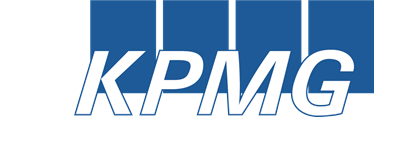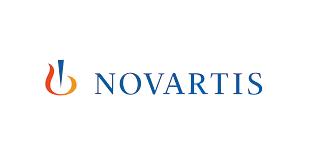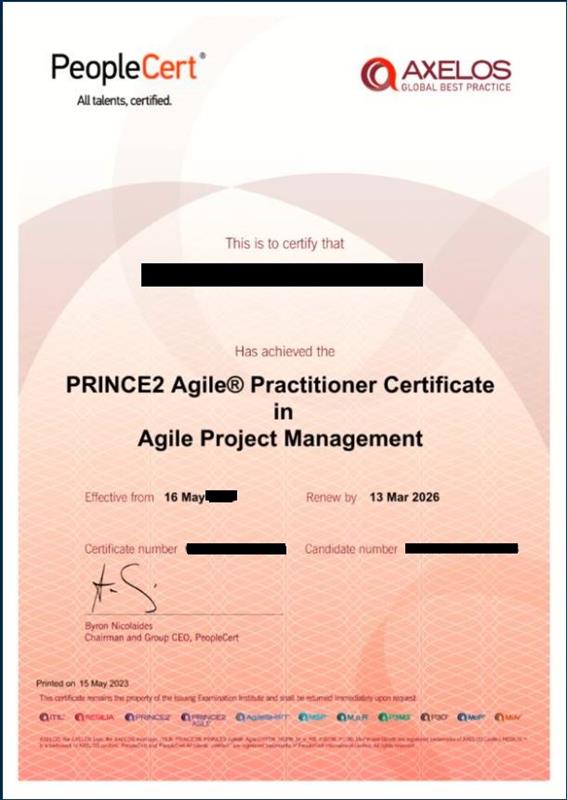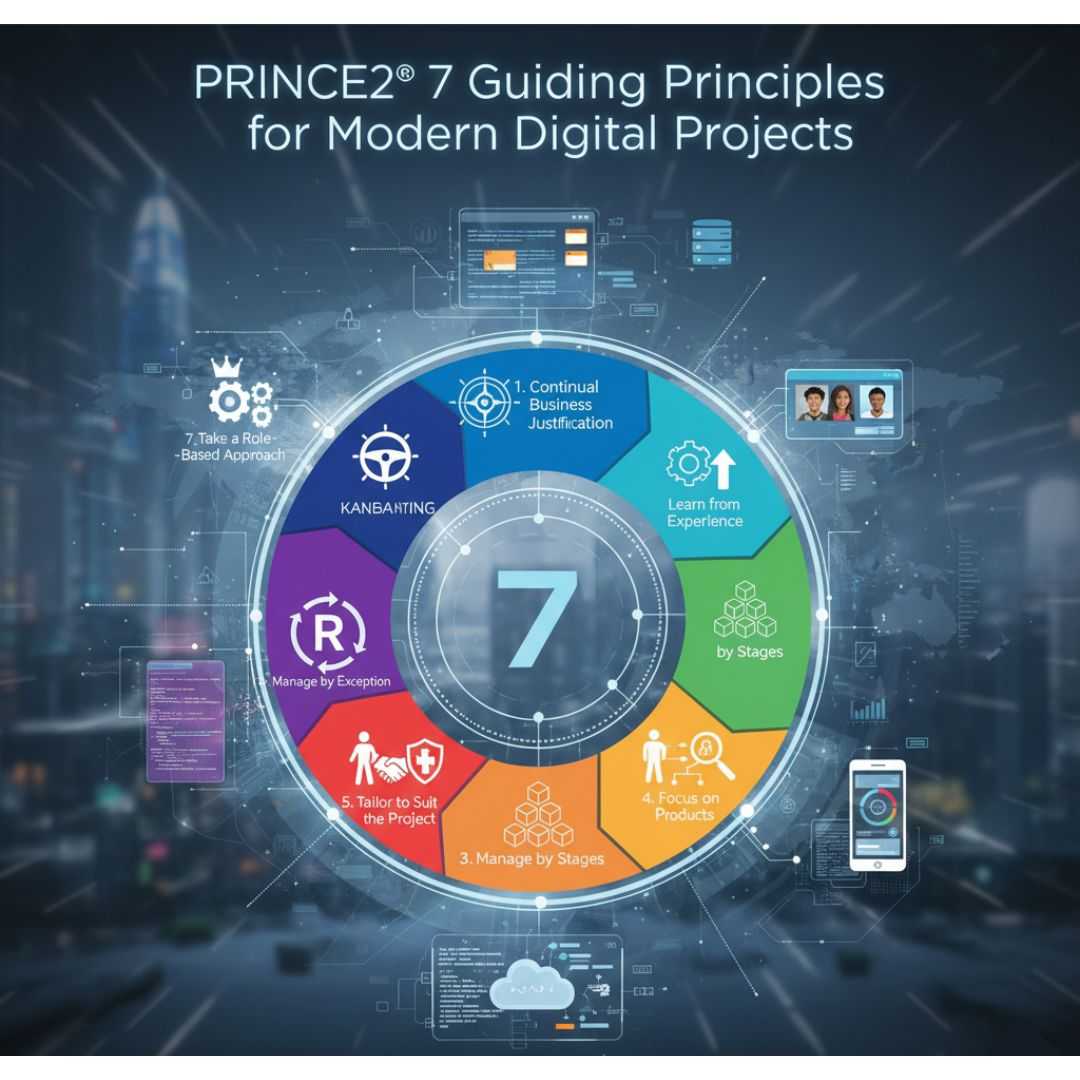Macedonia: PRINCE2 Agile Practitioner V2 Training Core Features
Why Macedonia Learners Strengthen Careers with ScholarAcad PRINCE2 Agile Practitioner V2 Training
1. Module: Explain the differences between projects and BAU (Business as usual)
Describe agile and its common approaches, how and why agile approaches have developed, and where they are used
Describe the history of agile, its contrast to the waterfall way of working, and how the Agile Manifesto fits in
Describe the different levels of agile maturity and well-known agile frameworks
Describe behaviors, concepts, and techniques that characterize agile
Define the PRINCE2 Agile view of 'agile
Describe Kanban, the Kanban method, and its six general practices, including the use of Cumulative Flow Diagrams (CFDs)
Describe the core concepts of Lean Start-up
Describe the use of workshops
Describe how to transition to agile
Define Scrum theory and explain the nature of the Scrum team, Scrum events, Scrum artifacts, and Sprints
2. Module: Describe the Complementary Strengths of PRINCE2 and the Agile Way of Working
Define who can benefit from using PRINCE2 Agile and in what contexts/situations
Define the makeup of PRINCE2 Agile (frameworks, behaviors, concepts, techniques, focus areas
Explain the eight' guidance points' Explain how PRINCE2 controls and governance can enable agile to be used in many environments
Describe what a typical PRINCE2' project journey' looks like in an agile context
3. Module: Explain the Purpose and Use of the Agilometer Throughout a Project
Describe the six sliders used on the Agilometer, explain their significance, and how to improve them
Describe in detail requirements terminology, decomposition, and prioritization, including Moscow and Ordering
Explain how requirements prioritization is used
Explain the rich communication focus area, its importance, and its key techniques
Explain how to manage frequent releases and the benefits of 'failing fast'
4. Module: Describe How to Use the 'Hexagon' about the Six Aspects of Project Performance
Explain the use of tolerances in terms of what to 'fix' and what to 'flex' about the six aspects of project performance
Describe in detail each of the five targets that underpin the use of the hexagon
Explain why the 'fix and flex' approach is good for the customer
5. Module: Describe in Detail the Five PRINCE2 Agile Behaviors (Transparency, Collaboration, Rich Communication, Self-Organization, Exploration)
Explain that agile needs to be incorporated in all seven PRINCE2 processes and all seven themes but that the amount appropriate to each will vary depending on the project context
Describe the two common organization roles of Scrum master and Product owner
Explain how to adjust roles, including the use of specialist roles and the options for team organization in a project
Define the makeup of a typical delivery team
Describe servant leadership, its use, and importance
Describe how to define working agreements
Describe quality setting techniques, including 'definition of done' and the use of acceptance criteria
Describe quality testing, quality checking, and management techniques
Describe approaches to planning and typical planning techniques
Describe approaches to risk and how agile concepts mitigate many typical risks
Describe how blending PRINCE2 with agile approaches controls, responds to, and minimizes the impact of change, including risk management and configuration management
Describe how empowered self-organizing teams handle change dynamically within set tolerances
Describe common feedback loops and their importance
Describe progress monitoring techniques, including use of 'work in progress' boards, burn charts, information radiators
Describe in detail agile techniques that may apply to each PRINCE2 process, including Cynefin
Describe how to flex the 'Direct a Project' stage and the benefits of collaborative working
Describe how to 'manage by exception' with emphasis on empowerment, quantity of deliverables, rich information flows, and value of deliverables
Explain why PRINCE2' stages' may not be required, including the use of timeboxes and Scrum of scrums
Describe typical output mechanisms when 'Controlling a Stage' and 'Managing a Stage Boundary'
Describe the use of retrospectives and how to make them effective
Describe approaches to managing product delivery, including Scrum and Kanban
Explain how to define work packages, product descriptions, quality criteria, and tolerances
Give guidance on behaviors, risk, and the frequency of releases
Explain how to manage stage boundaries and the similarities between a stage and a release
Explain how to assess the quantity, quality, and benefits of stage deliverables
Explain how to effectively close a project, including evaluation of the use of agile
Describe how to tailor PRINCE2 products, including work packages, highlight reports and checkpoint reports
Describe in detail agile techniques that may apply to each PRINCE2 theme, including requirements, defining value, and user stories
Describe guidance on the use of contracts
Describe PRINCE2 Agile delivery roles
Explain how to use the health check
Describe the fundamental values and principles of agile
Outline tips for the PRINCE2 Agile project manager
View More
PRINCE2 Agile Practitioner V2 Learner Profile Macedonia

Admission Requirements for PRINCE2 Agile Practitioner V2 Certification Candidate Eligibility Macedonia
No specific prerequisites: Anyone can take the PRINCE2 Agile Practitioner certification exam.
It is highly recommended to have the PRINCE2 Foundation certification before taking the PRINCE2 Agile Practitioner exam.
Enroll in a PRINCE2 Agile Practitioner training course to learn the PRINCE2 Agile methodology.
Exam: Take the PRINCE2 Agile Practitioner exam, which consists of 60 multiple-choice questions. A score of 55% or higher is required to pass.

PRINCE2 Agile Practitioner V2 Among Highest Paying Macedonia





















Online and Team Based Training Packages PRINCE2 Agile Practitioner V2 Macedonia
PRINCE2 Agile Practitioner V2 Training Course Delivery Option for Macedonia
Mon
Tue
09:00 - 17:00 (CET)
- # 1IXLMF51B129
- English (Language)
- Exam Voucher + 3 Practice Test
Thu
Fri
09:00 - 17:00 (CET)
- # 1IXLMF530129
- English (Language)
- Exam Voucher + 3 Practice Test
Thu
Fri
09:00 - 17:00 (CET)
- # 1IXLMF555129
- English (Language)
- Exam Voucher + 3 Practice Test
21-Day Roadmap to PRINCE2 Agile Practitioner V2 Certification Exam Success: Macedonia

Familiarize yourself with the exam structure, including the number of questions, time limit, and types of questions
Thoroughly understand the principles, processes, and techniques of PRINCE2 Agile?.
Read and understand the official PRINCE2 Agile? manual.
Solve as many practice exams as possible to test your knowledge and identify areas where you need improvement.
Connect with other PRINCE2 Agile? candidates to share knowledge, discuss topics, and stay motivated.
Develop a structured study plan that covers all the essential topics. Allocate sufficient time for each topic based on your understanding and exam requirements.
Practice relaxation techniques to manage exam-day stress.
Transform Your Career with PRINCE2 Agile Practitioner V2 Certification Macedonia

Macedonia PRINCE2 Agile Practitioner V2 : Career Success Stories from ScholarAcad
The Business Analysis Foundation course with Scholaracad was really valuable. Umesh was very knowledgeable and explained the concepts clearly, using examples relevant to Macedonia. The Scholaracad team was very responsive and helpful.

The COBIT course with Scholaracad was really valuable. Umesh was very knowledgeable and explained the concepts clearly, using examples relevant to Macedonia. The Scholaracad team was very responsive and helpful.

The PRINCE2 Foundation and Practitioner course with Scholaracad was really valuable. Trainer Aleksandar was very knowledgeable and explained the concepts clearly, using examples relevant to Macedonia. The Scholaracad team was very responsive and helpful!

Learning Objectives
General Frequently Asked Questions
View More
View More
View More
View More
View More
View More
Expert Articles on PRINCE2 Agile Practitioner
Read More...
Read More...
Read More...
Macedonia: A Hub for Technology, Learning, and Careers
Macedonia (officially the Republic of North Macedonia) is a landlocked country in Southeast Europe, bordered by Serbia to the north, Bulgaria to the east, Greece to the south, and Albania to the west. Its capital, Skopje , is a vibrant city blending ancient history with modern development.
Key Locations
- Skopje : The capital features historic sites like the Alexander the Great Monument and the Old Bazaar .
- Ohrid Lake : A UNESCO World Heritage site known for its crystal-clear waters, medieval churches, and rich biodiversity.
Pelagonia Region : Famous for its lush landscapes, traditional villages, and archaeological sites like Heraclea Lyncestis
Need More Information ?
Have more questions or need personalized guidance ?

Top Companies in Macedonia Hiring PRINCE2 Agile Practitioner Professionals in 2025
| Company Name | Role | Job Description | Job Link |
|---|---|---|---|
| AXELOS | Agile Project Manager | We’re seeking an Agile Project Manager in Skopje to lead PRINCE2 Agile projects. You’ll manage project lifecycles, integrating Scrum and Kanban with PRINCE2 governance to deliver innovative outcomes. Responsibilities include sprint planning, stakeholder collaboration, and performance tracking. Candidates must have PRINCE2 Agile Practitioner certification and 3+ years of experience. Proficiency in tools like Jira is essential. Join a global leader, work on diverse projects in Macedonia’s thriving capital, and enjoy career growth and competitive benefits in a dynamic environment. | Job Link |
| GlobalKnowledge | Scrum Master | Join our Skopje team as a Scrum Master, championing PRINCE2 Agile practices. You’ll facilitate agile ceremonies, coach teams on Scrum and Kanban, and ensure PRINCE2 governance compliance. Candidates need PRINCE2 Agile Practitioner certification and 2+ years of experience. Responsibilities include backlog management, sprint delivery, and stakeholder engagement. Familiarity with tools like Azure DevOps is a plus. Lead transformative projects in Macedonia’s vibrant market with a global training provider, enjoying professional development and a supportive culture. | Job Link |
| PM Partners | Project Coordinator | Our Skopje office seeks a Project Coordinator to support PRINCE2 Agile projects. You’ll assist in planning, tracking, and delivering projects, ensuring alignment with agile principles and PRINCE2 governance. Responsibilities include task coordination, sprint reviews, and schedule management. Candidates need PRINCE2 Agile Practitioner certification and 1-2 years of experience. Proficiency in tools like Asana is valued. Join a dynamic team in Macedonia, with training and career advancement opportunities in diverse industries. | Job Link |
| ILX Group | Agile Delivery Lead | We’re hiring an Agile Delivery Lead in Skopje to drive PRINCE2 Agile projects. You’ll lead teams, integrating Scrum and Kanban with PRINCE2 processes for high-impact delivery. Responsibilities include defining goals, managing sprints, and ensuring governance. Candidates need PRINCE2 Agile Practitioner certification and 4+ years of experience. Expertise in tools like Monday.com is a plus. Join a global training provider, shape innovative projects in Macedonia, and grow your career in a collaborative environment. | Job Link |
| PeopleCert | Program Manager | Join our Skopje team as a Program Manager, overseeing PRINCE2 Agile projects. You’ll manage portfolios, blending agile responsiveness with PRINCE2 governance to achieve strategic goals. Responsibilities include resource allocation, stakeholder management, and agile workshops. Candidates need PRINCE2 Agile Practitioner certification and 5+ years of experience. Proficiency in tools like Jira is essential. Lead high-impact projects in Macedonia with a global certification leader, enjoying competitive benefits and growth opportunities. | Job Link |






